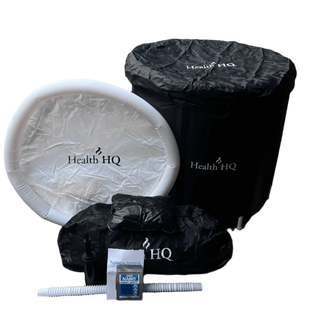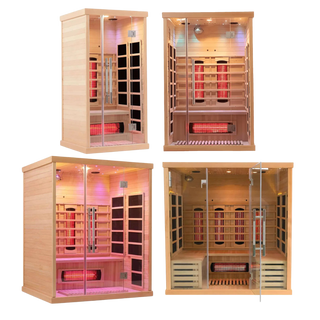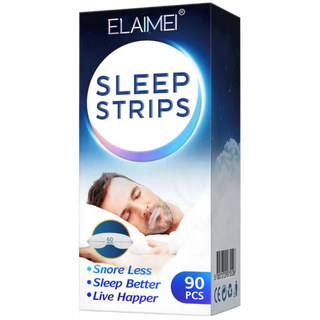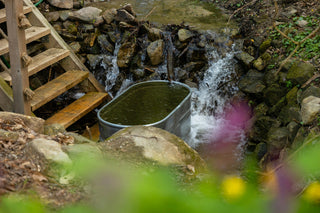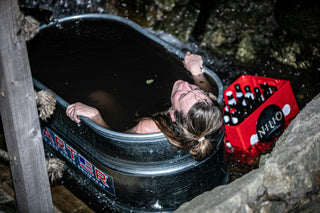How Effective Are Ice Baths and Cold Plunges at Reducing Muscle Soreness and Inflammation?
Ice baths and cold plunges have become a staple in the recovery routines of athletes, weekend warriors, and wellness enthusiasts alike. But how effective are they really when it comes to reducing muscle soreness and inflammation? Is the chill worth the thrill?
Let’s dive into what the science says—and what you can expect when you take the plunge.
🧊 What Happens to Your Muscles During a Cold Plunge?
When you immerse your body in cold water—typically between 50–59°F (10–15°C)—it triggers a rapid set of physiological responses:
- Vasoconstriction: Blood vessels narrow, reducing blood flow to your muscles.
- Decreased metabolic activity: Your muscle tissue slows down, which helps limit inflammation.
- Numbing effect: The cold temporarily reduces nerve activity, dulling pain and soreness.
- Flushing effect (after you warm up): Once out of the cold, your vessels dilate again, bringing fresh, oxygen-rich blood to your tissues.
These mechanisms work together to help reduce inflammation, muscle damage, and delayed onset muscle soreness (DOMS).
💪 Ice Baths & Muscle Soreness: What the Research Says
✅ They Work—Especially After Intense Exercise
Numerous studies have shown that cold water immersion can significantly reduce muscle soreness 24 to 72 hours after exercise—especially after high-intensity or eccentric workouts (like sprinting, heavy lifting, or CrossFit-style training).
One meta-analysis published in the Journal of Strength and Conditioning Research found that cold water immersion was more effective than passive recovery at reducing DOMS and improving the perception of recovery.
🧠 They Help You Feel Better (Even if Not Everything Changes at a Cellular Level)
While not all studies show massive improvements in actual muscle performance, many do report reduced soreness, less swelling, and an improved feeling of recovery. Sometimes perception matters just as much—especially if it helps you train again sooner.
🔥 What About Inflammation?
Inflammation is a natural part of muscle repair—but excessive or prolonged inflammation can slow recovery. Cold plunges help manage this in a few key ways:
- Reduce cytokine activity: These are small proteins involved in inflammation. Cold exposure can lower their production.
- Limit fluid buildup: Vasoconstriction reduces swelling by limiting fluid accumulation in muscle tissue.
- Aid lymphatic flow: Cold water, paired with movement after, can help flush out waste and reduce lingering inflammation.
⚠️ But Be Mindful If You’re Trying to Build Muscle
Some studies suggest that taking an ice bath immediately after resistance training may blunt the body’s adaptive response (like hypertrophy and strength gains). That’s because cold exposure may suppress some of the inflammation that triggers muscle growth.
Solution: If muscle growth is your goal, consider waiting a few hours—or using cold plunges on rest or cardio days instead of immediately post-lift.
🧪 How Long and How Cold for Best Results?
For muscle soreness and inflammation:
- Temperature: 50–59°F (10–15°C)
- Timing: Within 30–60 minutes post-exercise, or on recovery days
Always ease into it if you’re new, and listen to your body—going colder or longer isn’t always better.
Final Thoughts
So, how effective are ice baths and cold plunges for muscle soreness and inflammation? The answer: very effective when used strategically.
They help: ✅ Reduce post-exercise soreness
✅ Manage inflammation
✅ Speed up recovery
✅ Improve your perception of how recovered you feel
Just be aware of timing if your primary goal is strength and muscle growth.
Whether you’re grinding through heavy training blocks or just trying to recover faster and feel better, cold therapy can be a powerful tool—just one that works best when combined with solid sleep, hydration, nutrition, and movement.
Ready to take the plunge? Cold doesn’t just feel good after a hard session—it works.


